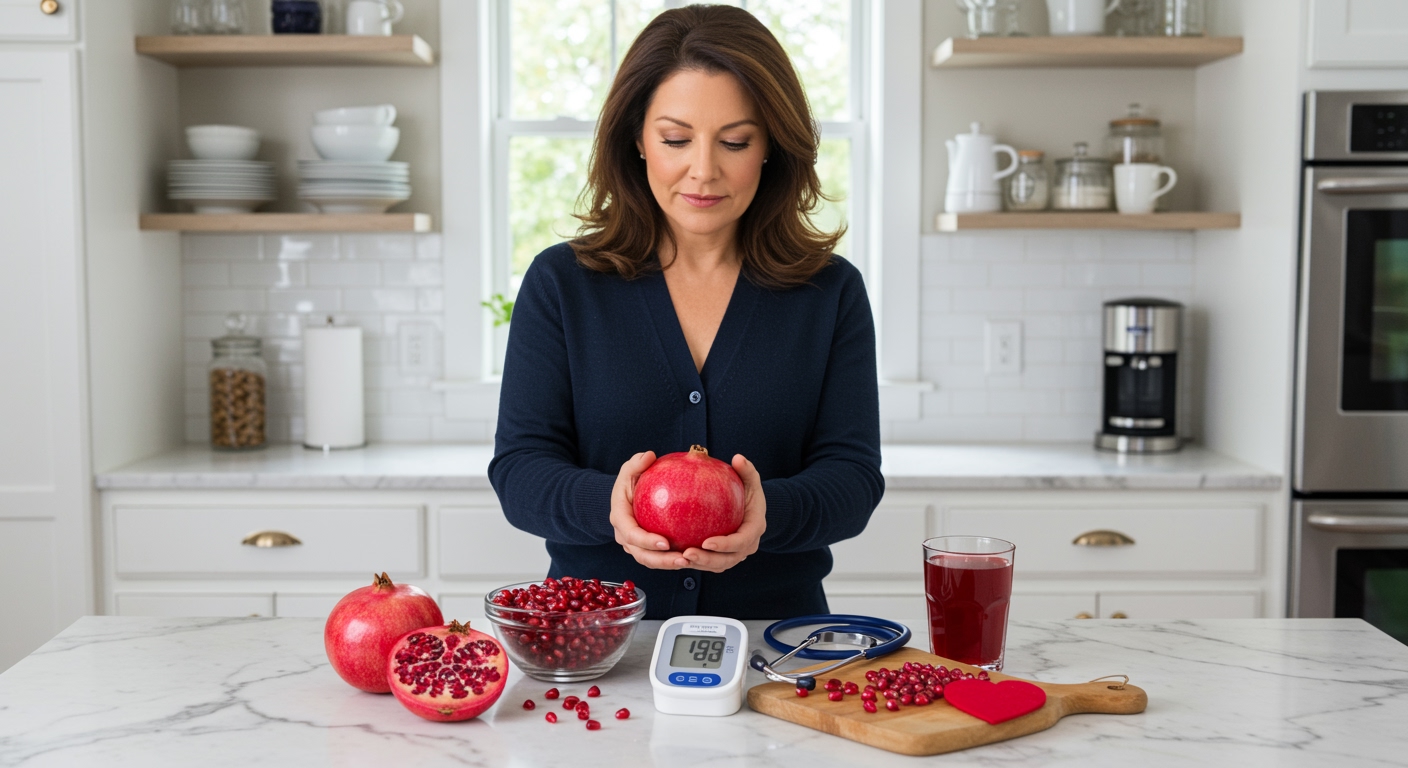✪ Key Takeaway: Paneer can help low blood pressure through its protein, sodium, and calcium content that supports healthy circulation.
Introduction
Your doctor just told you that your blood pressure is too low and you need to make some dietary changes.
You love paneer but wonder if this creamy cheese will help or hurt your condition.
Hi, I’m Abdur, your nutrition coach and today I’m going to explain exactly how paneer affects low blood pressure and whether it deserves a place on your plate.
What Makes Paneer Different From Other Cheeses?
Paneer stands apart from regular cheese because of its unique preparation method and nutritional profile.
Unlike aged cheeses that undergo fermentation, paneer gets made by curdling milk with acid like lemon juice or vinegar.
This simple process preserves more of the original milk proteins and creates a fresh cheese with different properties.
The protein content in paneer ranges from 18 to 25 grams per 100 grams, making it a complete protein source with all essential amino acids.
Most importantly for blood pressure concerns, paneer contains moderate amounts of natural sodium from the milk and salt used during preparation.
This sodium content becomes crucial when dealing with hypotension because your body needs adequate sodium to maintain proper blood volume and pressure.
✪ Fact: Fresh paneer contains about 200-300mg of sodium per 100 grams, which is moderate compared to processed cheeses.
How Does Paneer Affect Your Blood Pressure?
The relationship between paneer and blood pressure involves several physiological mechanisms that work together.
First, the protein content in paneer helps your body produce nitric oxide, a compound that relaxes blood vessels and improves circulation.
The moderate sodium content helps maintain blood volume by encouraging your kidneys to retain water in the bloodstream.
This becomes especially important if you have low blood pressure because insufficient blood volume often causes hypotensive episodes.
Paneer also provides calcium and magnesium, two minerals that support healthy heart muscle contractions and blood vessel function.
The fat content in paneer helps slow digestion and provides steady energy, preventing sudden drops in blood pressure that can occur after eating low-fat meals.
Research shows that adequate protein intake supports overall cardiovascular health by maintaining proper blood vessel elasticity and function.
✪ Pro Tip: Eat paneer with complex carbohydrates to maximize its blood pressure supporting benefits.
When Should You Avoid Paneer For Low Blood Pressure?
Despite its benefits, certain situations make paneer less suitable for managing low blood pressure.
If you have lactose intolerance, paneer can cause digestive issues that worsen hypotension through dehydration and nutrient malabsorption.
People with kidney disease should limit paneer because the protein load can strain already compromised kidney function.
Those taking certain blood pressure medications might experience interactions with the calcium and protein in paneer that affect drug absorption.
If your low blood pressure stems from heart failure or other cardiac conditions, the sodium in paneer might not be appropriate without medical supervision.
Additionally, eating large amounts of paneer can cause digestive discomfort that leads to poor nutrient absorption and potentially worsens hypotension.
✪ Note: Always consult your doctor before making significant dietary changes for blood pressure management.
What Is The Best Way To Include Paneer In Your Diet?
The timing and preparation method of paneer significantly impact its effectiveness for low blood pressure management.
Start with small portions of 50-75 grams per meal to assess how your body responds to the protein and sodium content.
Combine paneer with complex carbohydrates like brown rice or whole wheat to create balanced meals that support steady blood pressure levels.
Cooking methods matter because grilling or sautéing paneer with minimal oil preserves its nutritional benefits while avoiding excess calories.
Add vegetables rich in potassium like spinach or bell peppers to create meals that support overall cardiovascular health.
Avoid deep-frying paneer because the excess oil can cause digestive issues and counteract the blood pressure benefits.
Consider eating paneer earlier in the day when your body can better utilize the protein and sodium for maintaining stable blood pressure throughout your active hours.
✪ Pro Tip: Pair paneer with iron-rich foods to prevent anemia, which can worsen low blood pressure symptoms.
The Bottom Line
Paneer can be a valuable addition to your diet if you have low blood pressure because of its protein, moderate sodium, and essential minerals that support cardiovascular function.
Good nutrition is not about perfect foods but about making informed choices that support your individual health needs.
I would love to hear about your experience with paneer and blood pressure management, so please share your thoughts or questions in the comments below.
References
At NutritionCrown, we use quality and credible sources to ensure our content is accurate and trustworthy. Below are the sources referenced in creating this article:
- Sugam Paneer: 7 Healthy Reasons to Eat Paneer
- Medicircle: Health Benefits of Paneer
- 1mg: 9 Reasons Why You Should Relish Paneer More Often
- Sunfox: Is Paneer Safe for Heart Patients





